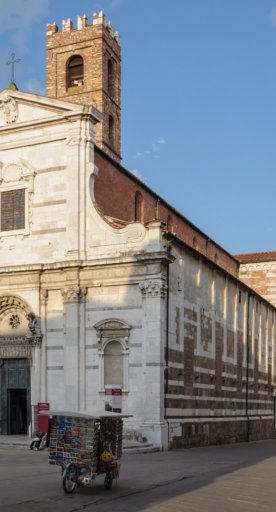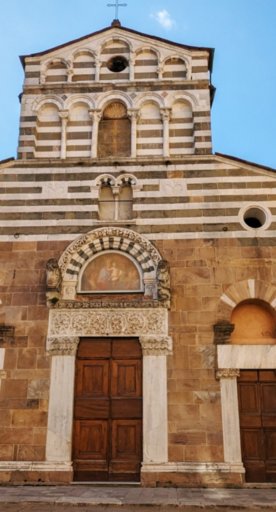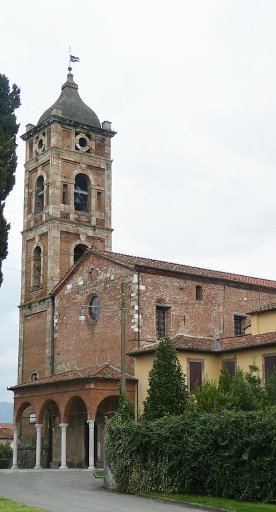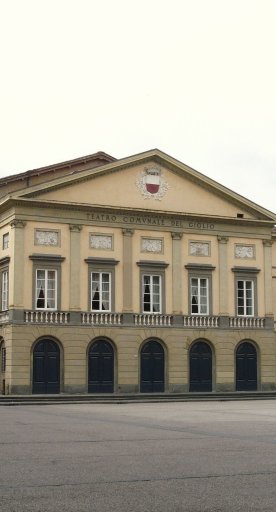Via Francigena Entry Point in Lucca
A cultural complex within the historic walls of Lucca: the Via Francigena Entry Point reveals the experience of the journey
The Via Francigena Entry Point is located in the historical complex of the Baluardo di San Salvatore, one of the strongholds that forms the centuries-old lookout system of Lucca.
The sixteenth-century walls of the city, now used as an urban green area, have always been a point of reference for pilgrims crossing the Via Francigena in Tuscany. In fact, since the Middle Ages, the city has been a favourite destination for the faithful who set out to visit the famous statue of the Holy Countenance.
The Via Francigena Entry Point cultural complex is located a short distance from Porta Elisa, built in the nineteenth century following the Napoleonic domination. It comes to life within the walls and historic galleries of the city. The spaces and installations that form part of it offer moments of refreshment and relaxation, as well as revealing the pilgrimage experience, a journey of faith whose origins are lost in the mists of time.

Inside the stronghold of San Salvatore where the Casa del Boia (the hangman's house) was once located, the museum rooms have been set up. It's accessed through a gallery that leads to the arms room, surmounted by cross vaults. In this path, you can see the transformations that the ramparts have undergone over time, immersing yourself in the history of the centuries-old walls of Lucca. Once you arrive in the accommodation of the Master of Justice, you enter the rooms that house the actual museum: the Francigena Emotion: Il Viaggio, la Fede, la Bellezza immersive multimedia path allows you to surround yourself in the atmosphere and sensations of the pilgrimage, while on the upper floor it's possible to follow the educational paths that conclude the exhibition itinerary.
In the stronghold complex a short distance from the museum, you can stop at the hospitality space dedicated to relaxation and refreshment for visitors set up in the premises of the Casermetta di San Salvatore, providing spaces for refreshment and rest before resuming the journey.
Not far from the Via Francigena Entry Point you'll find the San Francesco Church and the convent of the same name, as well as the Villa Guinigi National Museum with its artworks that detail the history of Lucca and the entire territory.










